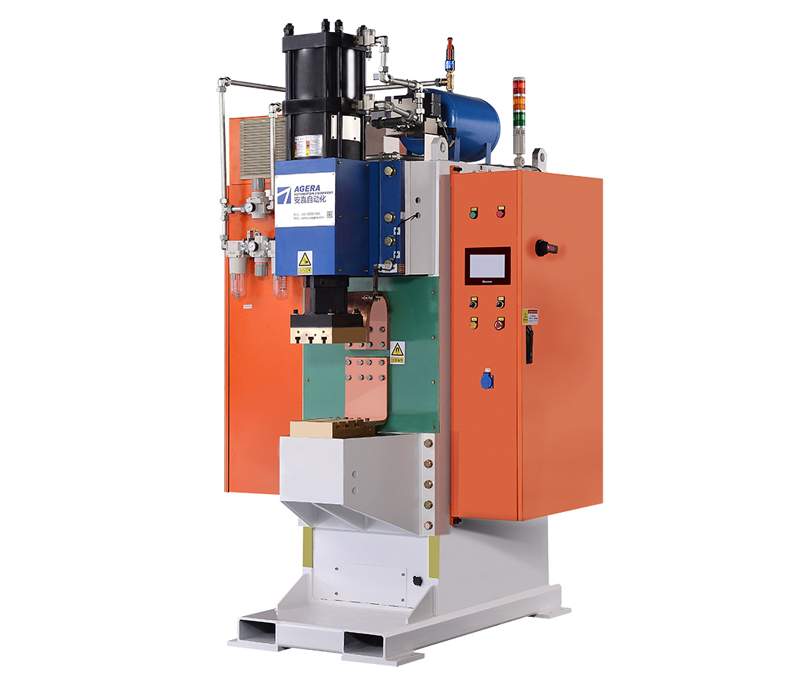Welding distortion is a common challenge encountered in various welding processes, including energy storage welding machines. The heat generated during welding can cause material expansion and contraction, leading to unwanted deformations in the welded components. This article aims to explore strategies for effectively managing and minimizing welding distortion in energy storage welding machines. By implementing appropriate techniques, welders can ensure that the final welded structures meet the desired specifications and tolerances.
- Welding Sequence and Technique: Proper welding sequence and technique can significantly influence the occurrence and magnitude of welding distortion. It is essential to plan the welding sequence in a way that minimizes the accumulation of residual stresses and thermal gradients. Welders should consider starting from the center and moving outward or employing a backstepping technique to distribute heat evenly. Additionally, using intermittent welding techniques and minimizing the number of welding passes can help reduce distortion.
- Fixture and Clamping: Using suitable fixtures and clamping techniques is crucial for controlling welding distortion. Fixtures provide support and help maintain the desired alignment during welding. Proper clamping techniques, such as tack welding or using specialized jigs, can help secure the workpieces in the correct position, minimizing movement and distortion during the welding process.
- Preheating and Post-Weld Heat Treatment: Preheating the base material before welding can help reduce the temperature gradient and minimize distortion. This technique is particularly effective for thicker materials or when welding dissimilar metals. Similarly, post-weld heat treatment techniques, such as stress relief annealing, can be employed to relieve residual stresses and reduce distortion. The specific preheating and heat treatment parameters should be determined based on the material properties and welding requirements.
- Welding Parameters and Joint Design: Adjusting welding parameters, such as heat input, welding speed, and filler metal selection, can influence distortion levels. Welders should optimize these parameters to achieve a balance between penetration, fusion, and distortion control. Additionally, the joint design can play a significant role in minimizing distortion. Employing techniques such as chamfering, grooving, or using a double-sided welding approach can help distribute heat and minimize distortion effects.
- Post-Weld Distortion Correction: In cases where welding distortion is unavoidable, post-weld distortion correction techniques can be employed. These include techniques such as mechanical straightening, heat straightening, or localized re-welding. It is important to note that post-weld correction methods should be used cautiously and by experienced professionals to avoid compromising the integrity of the welded structure.
Welding distortion is a common challenge faced during welding processes, and energy storage welding machines are no exception. By implementing proper welding techniques, utilizing fixtures and clamping, considering preheating and post-weld heat treatment, optimizing welding parameters, and employing post-weld distortion correction methods when necessary, welders can effectively manage and minimize welding distortion. It is essential to understand the specific material properties, joint design, and welding requirements to develop appropriate strategies for controlling distortion and ensuring the quality and integrity of the welded components.
Post time: Jun-13-2023



